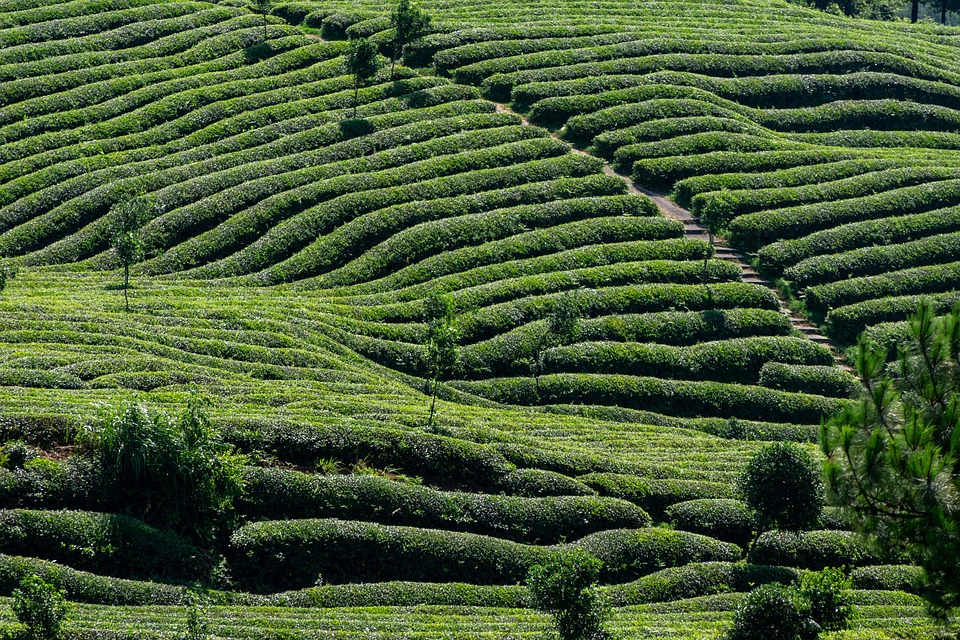Tea is more than just a beverage; it’s a cultural phenomenon that has developed intricate traditions around the world. From elegant afternoon tea in England to the ritualistic Japanese tea ceremony, each tradition offers a unique glimpse into the values and customs of its culture. Let’s explore some of the most fascinating tea ceremonies around the globe.
1. British Afternoon Tea
Originating in the early 19th century, British afternoon tea, or "low tea," was introduced by Anna Russell, the Duchess of Bedford. It evolved as a way to bridge the long gap between the midday meal and dinner—traditionally served late in the evening. This charming ritual involves serving a variety of loose-leaf teas alongside an assortment of delectable treats like finger sandwiches, scones with clotted cream and jam, and an array of pastries.
Traditions: Afternoon tea is often served in hotels or tea houses and is conducted with an air of sophistication. Important aspects include the proper selection of teas, the etiquette of pouring, and even the arrangement of the food on tiered stands.
2. Japanese Tea Ceremony (Chanoyu)
The Japanese tea ceremony, or Chanoyu, is a meticulous ritual centered around the preparation and consumption of matcha, powdered green tea. This practice, steeped in Zen Buddhism, emphasizes harmony, respect, purity, and tranquility. A single ceremony can include multiple steps, each performed mindfully.
Traditions: Participants are invited to enjoy the serene beauty of simplicity. The tea is prepared in a specially designed tea room or garden, where every movement holds significance—from the arrangement of utensils to the way tea is served. The experience is intended to foster a sense of connection among participants, reflecting the broader ideals of community and peace.
3. Chinese Gongfu Tea Ceremony
The Gongfu tea ceremony, originating in the Fujian province of China, focuses on the skill and precision involved in tea brewing. The term "gongfu" can be translated to mean "skill" or "effort," suggesting that the preparation of tea is an art form requiring practice and attention.
Traditions: This ceremony employs fine china or Yixing clay teapots, along with multiple infusions of high-quality tea leaves, allowing participants to experience evolving flavors. The ceremony encourages attentiveness to the tea’s aroma, taste, and color, thus heightening the sensory experience.
4. Moroccan Mint Tea Ceremony
In Morocco, tea is more than just a drink; it’s a symbol of hospitality and social bonds. The Moroccan mint tea ceremony is an elaborate practice involving green tea, fresh mint leaves, and sugar, often enjoyed throughout the day.
Traditions: The ritual of preparing tea includes boiling water, steeping the tea leaves, and pouring from a height to create a frothy layer on top. Tea is usually served in ornate glassware, and guests are often invited to partake in the pouring. This communal sharing fosters connections, making tea an essential component of Moroccan social life.
5. Indian Chai Tea Tradition
In India, tea is a daily staple and is often prepared with a blend of spices, milk, and sugar, resulting in the flavorful drink known as chai. The tradition of chai varies across regions but typically involves boiling tea leaves with spices like ginger, cardamom, and cloves.
Traditions: Chai is commonly served at homes and roadside tea stalls, fostering a sense of community. The preparation can be casual, often featuring a vibrant exchange among people, where sharing hot cups of chai signifies warmth and hospitality.
6. Russian Samovar Tradition
At the heart of Russian tea culture lies the samovar, a traditional teapot that brews strong black tea. It stands as a central piece during social gatherings, signifying warmth and hospitality.
Traditions: Russian tea is often consumed with sugar, honey, or jam, and is accompanied by a variety of snacks, from pastries to sliced bread. The ceremony revolves around gathering friends and family to enjoy not just tea, but meaningful conversations and rich connections.
Conclusion
Tea time traditions vary widely across different cultures, showcasing the unique flavors, customs, and social interactions associated with this beloved beverage. Whether it’s the precise movements of a Japanese tea master, the convivial atmosphere of a Moroccan tea gathering, or the elegance of a British afternoon tea, each ceremony offers a distinct experience that transcends simply enjoying a cup of tea. As we sip our way through these traditions, we are not only tasting the rich diversity of tea but also a blend of history, culture, and human connection.



